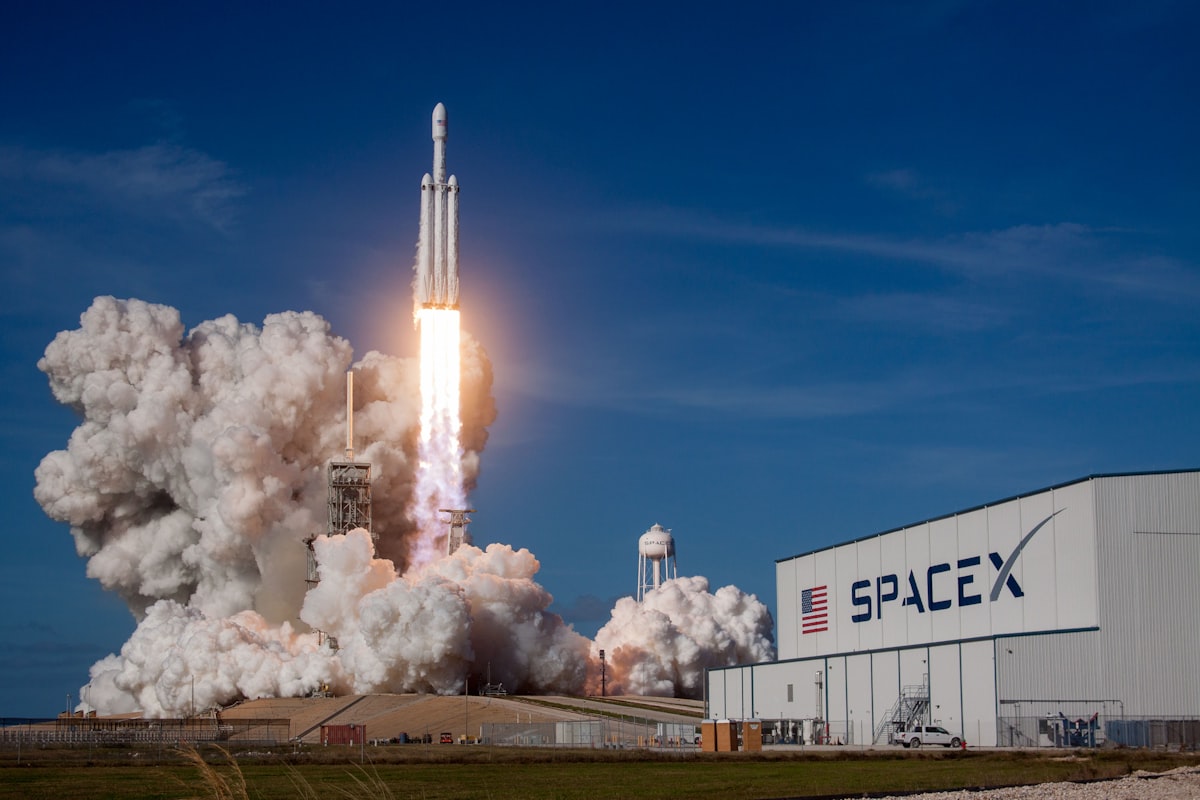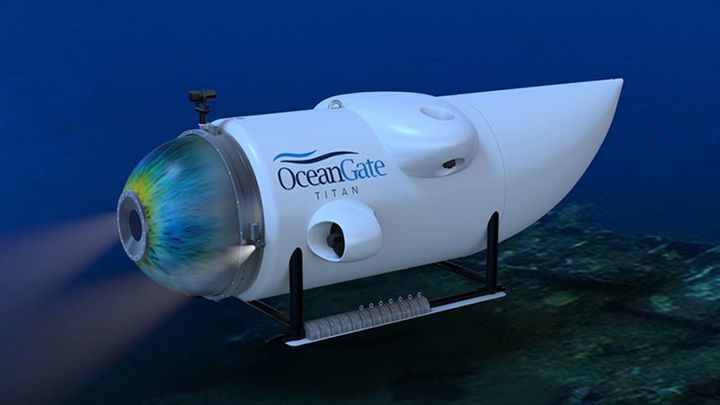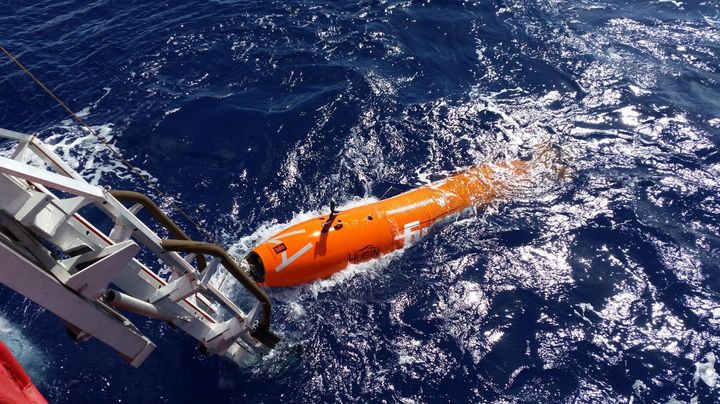SpaceX's Starlink Satellites Navigate the Congested Low Earth Orbit

SpaceX's ambitious plan to offer universal internet access via a constellation of thousands of satellites has been making news for various reasons. The innovative Starlink satellites' performance and design have drawn praise. Still, they have also drawn criticism for their potential effects on astronomy and orbital sustainability. How to prevent SpaceX's satellites from colliding with other objects in the crowded low Earth orbit is one of the company's biggest challenges (LEO).
In the six months between December 1, 2022, and May 31, 2023, the Starlink satellites carried out 25,000 collision avoidance maneuvers, according to a recent report filed by SpaceX with the Federal Communications Commission (FCC). Each Starlink satellite had to avoid an object in orbit nearly 140 times daily. The report also disclosed that since the first launch in 2019, the Starlink satellites had encountered 50,000 potentially hazardous approaches with other spacecraft, defunct satellites, or space junk.
These figures illustrate how the number of satellites launched into low-Earth orbit (LEO) increases the likelihood of orbital collisions. Thanks to SpaceX, over 4,400 Starlink satellites are already in orbit, and the company intends to launch up to 42,000 more. Competitors like OneWeb, Amazon, and Telesat are also working on projects similar to the company's mega constellation of internet satellites. The LEO region also includes numerous additional satellites used for Earth observation, navigation, communication, and scientific research.
Some orbits are more crowded than others due to the uneven distribution of space debris in LEO. For instance, the orbit about 550 kilometres (340 miles) above the surface of the Earth is particularly congested because it is there that many satellites are deployed and where Russia recently tested an anti-satellite missile that destroyed one of its satellites, leaving thousands of pieces of debris in its wake. These debris pieces have occasionally collided with the Starlink satellites, causing them to make evasive maneuvers.
According to SpaceX, it employs both automated and manual techniques to prevent collisions. The 18th Space Control Squadron (18 SPCS) of the United States Space Force, which keeps track of and catalogues every object in orbit, provides data used by the autonomous collision avoidance software that is installed on the Starlink satellites. If a potential collision is identified, the software can modify the orbits of the satellites using their onboard thrusters. Additionally, SpaceX has a group of operators who monitor the situation and can step in if necessary.
However, the 18 SPCS does not observe and record every object in orbit. For the current sensors to detect some, they must be too small or faint. Additionally, some operators need to coordinate their maneuvers with one another or share their orbital data, which raises doubt and confusion. For instance, in 2019, there was a close call between a Starlink satellite and the ESA's Aeolus Earth observation satellite, which involved SpaceX and the ESA. After SpaceX failed to respond to its requests for coordination, the ESA was forced to move its satellite out of the way.
Since then, SpaceX has taken steps to lessen the visibility and impact of its satellites and improved its coordination and communication with other operators and agencies. For instance, SpaceX has made its Starlink satellites' orbital lifetime shorter and easier to deorbit at the end of their mission by lowering their altitude from 1,100 kilometres (680 miles) to 550 kilometres (340 miles). To make its more recent satellites less reflective and less disruptive to astronomical observations, SpaceX has also added sunshades, or visors.
However, some experts contend that more than these steps are needed to guarantee the long-term viability and security of LEO. They demand increased oversight and enforcement of appropriate conduct in space, including adherence to global standards for debris mitigation, sharing orbital data and collision alerts, and removing inactive satellites from orbit. Additionally, they call for increased investment in SSA capabilities, such as improved sensors, data processing, and information-sharing systems.
The Starlink project by SpaceX is undoubtedly a remarkable engineering and entrepreneurial achievement. Still, it also presents serious difficulties and risks to the space environment and other users. As more Starlink satellites are placed into orbit, they will have to maneuver through an orbital traffic environment that is more complicated and dynamic. The success of SpaceX and future LEO and space activities will both depend on how well it handles this challenge.



